Image title
Your subtitle here
https://www.thomasholton.com/work/chinatownsurface
Thomas Holton’s “Chinatown Surface” is a captivating photographic series that offers a unique and intimate glimpse into the daily lives of Chinese-American families living in New York City’s Chinatown. Through a meticulous and thoughtful approach, Holton delves into the complexities of cultural identity, family dynamics, and urban life.
Holton’s project spans over a decade, showcasing a deep commitment to capturing the multifaceted aspects of Chinatown’s community. The photographer’s immersive engagement with the subjects and their environments allows for a nuanced representation that goes beyond stereotypes, presenting a rich tapestry of stories within the Chinese-American experience.
Chinatown Surface by Thomas Holton masterfully employs the principles of the rule of thirds, Fill the Frame, and Patterns and Repetition to create a visually compelling narrative. Holton’s adept use of the rule of thirds guides the viewer’s gaze through each frame, skillfully placing subjects at key intersections, enhancing the overall composition. The Fill the Frame technique is evident in the tight, intimate shots, immersing the audience in the details of daily life within New York City’s Chinatown. Furthermore, Patterns and Repetition play a crucial role in conveying the rhythm and harmony of the community’s existence, as seen in the recurring motifs of bustling market scenes, intricate architectural details, and the ebb and flow of daily rituals. Through these compositional elements, Holton not only captures the essence of the Chinatown experience but also invites viewers to connect with the subjects on a profound and personal level.
In Thomas Holton’s “Chinatown Surface,” the meticulous combination of elements such as color, composition, and narrative intricacy serves to evoke a poignant mood and a rich emotional atmosphere within each photograph. Holton’s careful consideration of color, often vibrant and culturally resonant, contributes to a visual vibrancy that reflects the dynamic life within Chinatown. The composition, with its thoughtful framing and attention to detail, captures both the intimacy of family life and the broader urban context. This balance adds layers to the mood, offering viewers a nuanced understanding of the subjects’ experiences. Furthermore, Holton’s incorporation of audio interviews and written narratives deepens the emotional impact by providing a personal context to the visual elements. These narrative layers allow the audience to connect not only with the visual aesthetics but also with the stories and emotions embedded in each frame, fostering a profound and empathetic engagement with the subjects and their daily lives. Through these carefully orchestrated elements, “Chinatown Surface” resonates with authenticity and emotion, creating a mood that transcends the visual to offer a profound glimpse into the human experiences within this vibrant community.

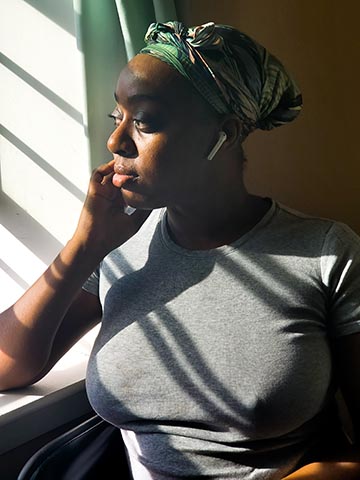
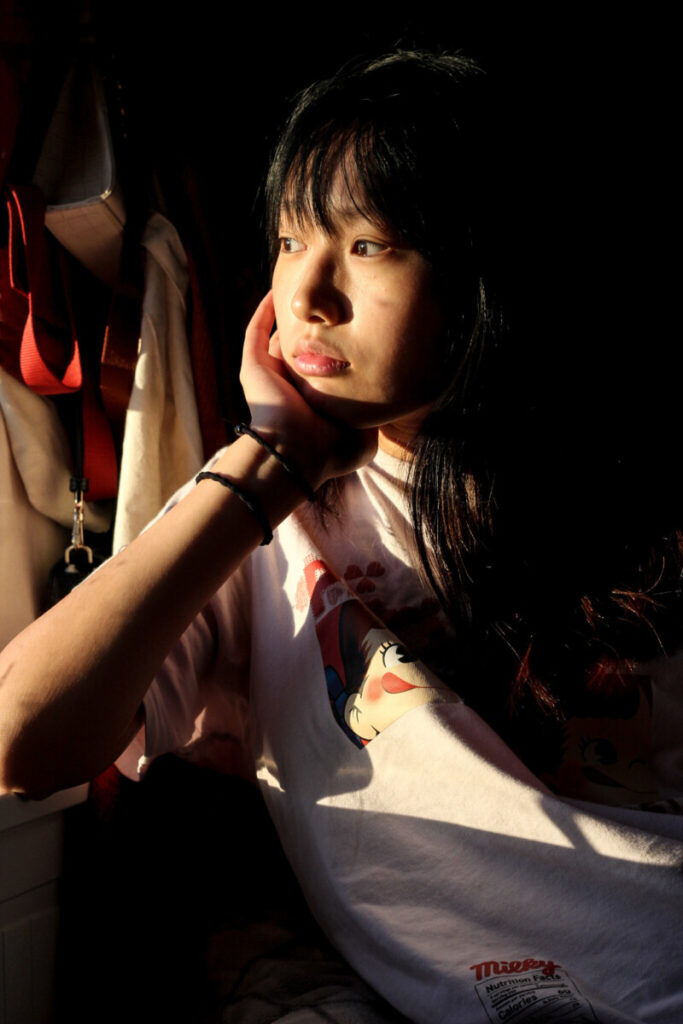
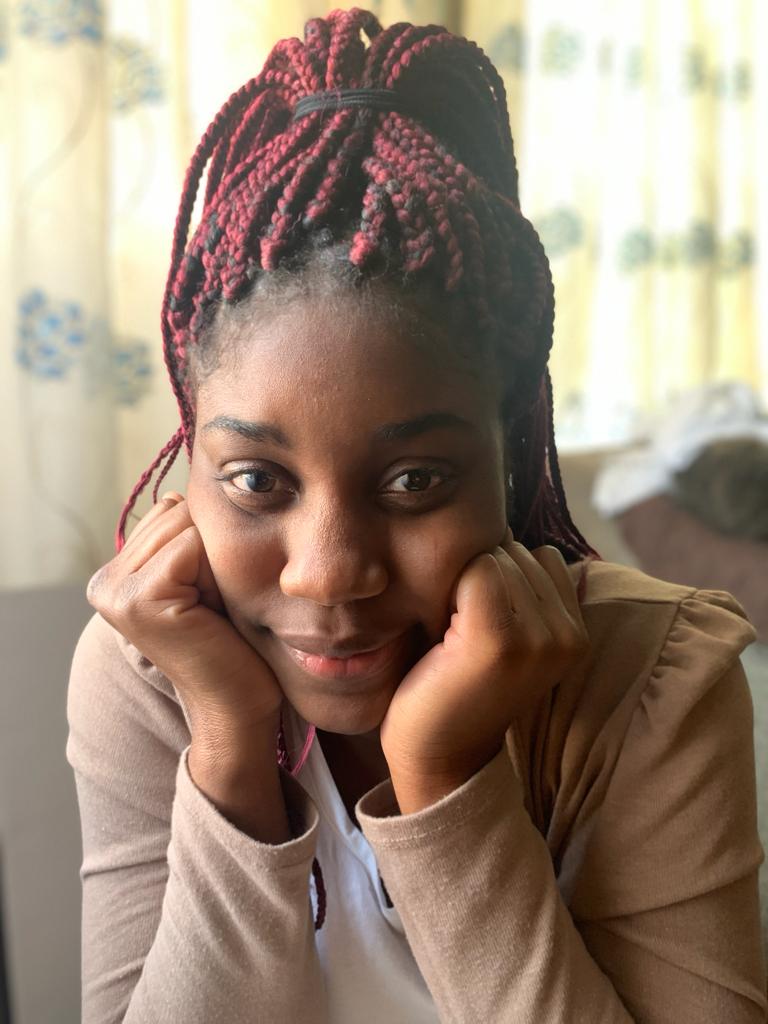
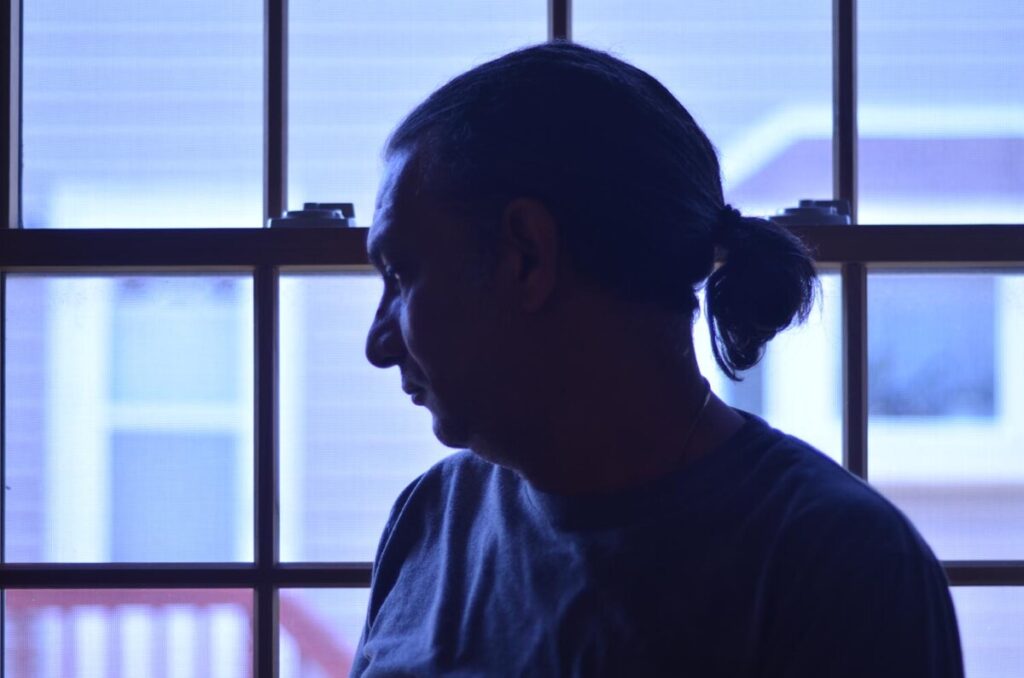
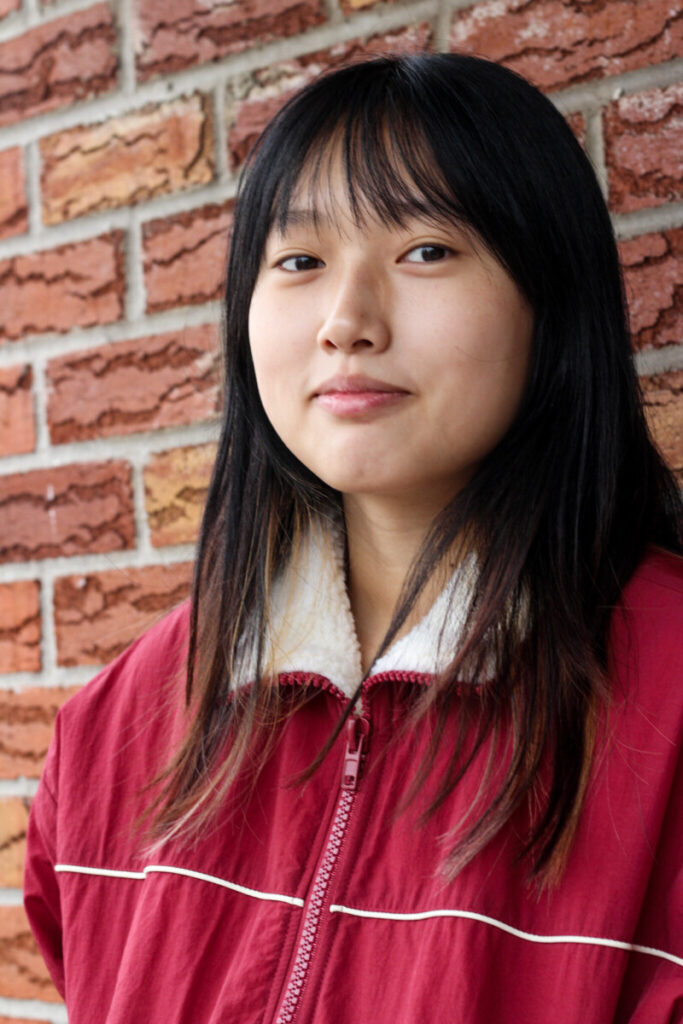




Recent Comments